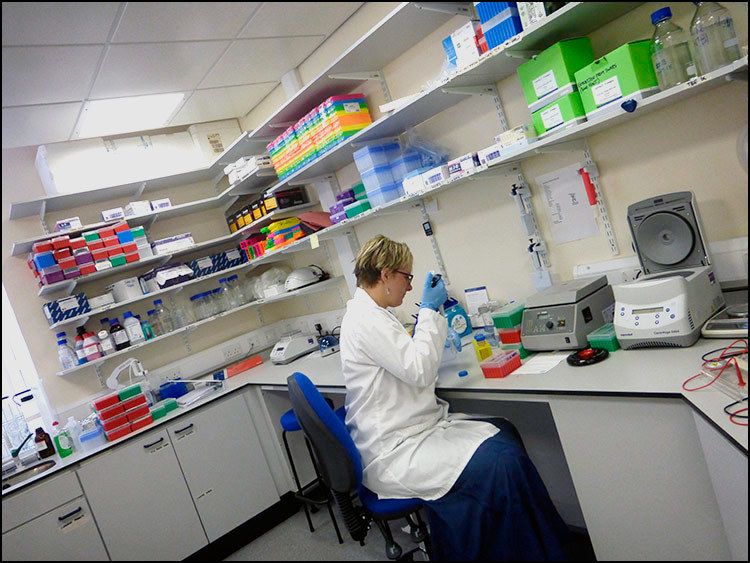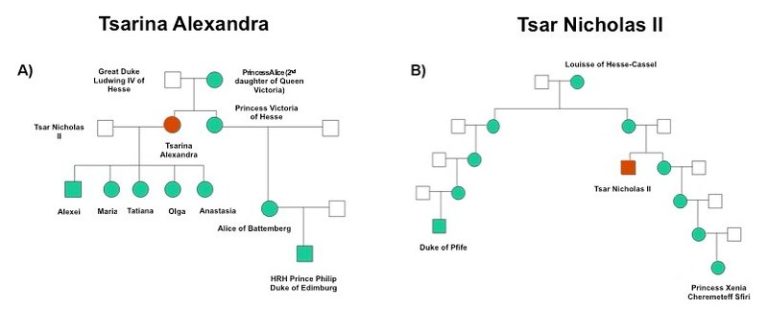
Reach your personal and professional goals
Unlock access to hundreds of expert online courses and degrees from top universities and educators to gain accredited qualifications and professional CV-building certificates.
Join over 18 million learners to launch, switch or build upon your career, all at your own pace, across a wide range of topic areas.


 Portrait of the Romanov family taken in 1913. Copyright: Levitsky Studio, Livadiya, Ukraine.
Portrait of the Romanov family taken in 1913. Copyright: Levitsky Studio, Livadiya, Ukraine.
 Maternal family pedigrees of Tsarina Alexandra and Tsar Nicholas II. Modified from Gill et al. 2011 by Eva Fernández-Domínguez.
Maternal family pedigrees of Tsarina Alexandra and Tsar Nicholas II. Modified from Gill et al. 2011 by Eva Fernández-Domínguez.







